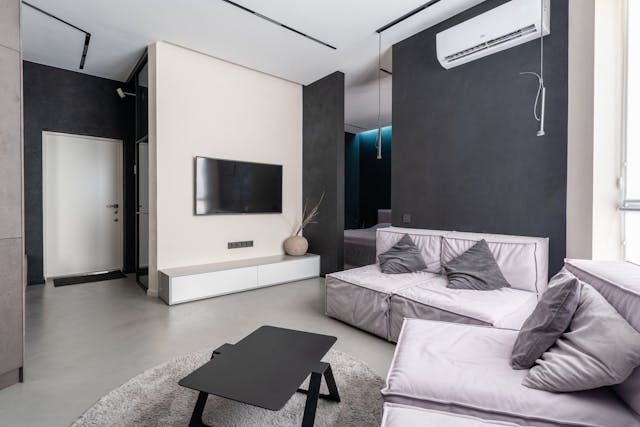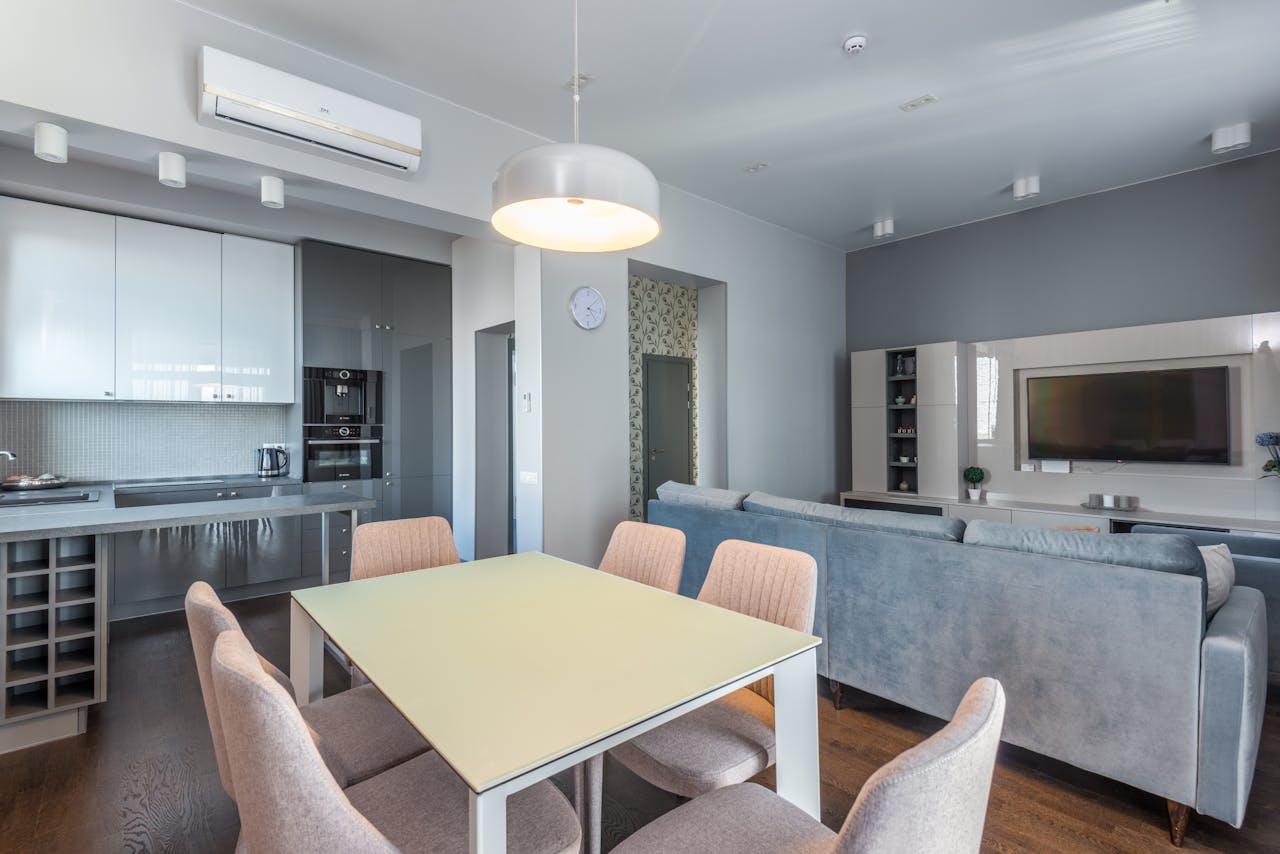The Complete Guide to Upgrading Your Home’s Cooling System
- Upgrading your home’s cooling system requires evaluating current needs and exploring advanced technology options.
- Incorporating additional features, like insulation, significantly enhances the cooling system’s effectiveness.
- Establish a bi-annual maintenance schedule with a professional to ensure system efficiency and longevity.
- Perform DIY maintenance by cleaning filters and ensuring the outdoor unit remains unobstructed.
- A well-chosen and maintained cooling system increases home value, energy efficiency, and family comfort.
During the scorching summer months, a reliable cooling system can transform your home into an oasis of comfort. However, as technologies advance, the cooling solutions of yesteryear may not be as efficient, cost-effective, or environmentally friendly. This comprehensive guide is tailored to homeowners looking to upgrade their cooling systems because a modern, optimized system can ensure your comfort and wallet are kept cool.
Assessing Your Current Cooling System
Before leaping into the world of new cooling systems, assessing your current setup is important. A thorough evaluation can reveal inefficiencies or signs of aging that warrant an upgrade. Start with understanding the age of your system, as systems over a decade old are less efficient compared to newer models. You should also check for inconsistencies in cooling throughout your home, as this can indicate a failing system or improper equipment sizing.
Another key aspect of assessment is the regularity of repairs. If you call for service more often than not, simply replacing the unit may be more cost-effective. Finally, take a look at your energy bills. Over time, you may notice a steady increase in cooling costs, signifying the need for a more energy-efficient unit.
Understanding Your Needs
Every home and homeowner’s needs differ, and there isn’t a one-size-fits-all solution for cooling systems. Understanding your needs involves evaluating your comfort preferences, home layout, insulation quality, and local climate.

For instance, larger homes may benefit from zoned cooling systems that can control the temperature in different areas independently, whereas smaller homes may be fine with a central air unit. An extremely hot climate may suggest a higher SEER (Seasonal Energy Efficiency Ratio) rating for your new unit, which can significantly lower your energy consumption and costs.
Types of Cooling Systems
Various types of cooling systems are available, each with its own advantages and suitable applications. Central air systems are the most common in the US and are known for maintaining consistent temperatures throughout the house. Window units are more affordable and easier to install, making them a good choice for smaller homes or apartments. Lastly, split systems offer increased efficiency and can be more aesthetically pleasing as they do not require window space but are often pricier.
When comparing these systems, consider factors like square footage, existing infrastructure, and upfront investment. And remember, while a window unit may seem budget-friendly initially, it might cost more in the long run due to higher energy consumption.
Energy Efficiency and Cost Considerations
Upgrading your cooling system is not just about swapping old for new. It’s about making a long-term investment that will benefit you for years. Newer models are designed to be more energy-efficient, significantly reducing your carbon footprint and electricity bills. While seemingly steep, the initial cost can be quickly offset by monthly savings.
Look for systems with the ENERGY STAR label, which can qualify you for rebates and tax credits. These systems offer high efficiency and are often better for the environment. Remember to consider the lifecycle cost, not just the purchase price, and opt for a higher upfront cost if it means lower overall expenditure.
When to Seek Professional Air Conditioning Repair Services
In some cases, your cooling system may not require a complete overhaul but rather a professional touch to restore it to peak performance. Common signs that you need professional services include weak airflow, warm air coming from the vents, or strange odors, which indicate mold or electrical issues.

Professional air conditioning repair services can extend the lifespan of the current system, especially if it’s a newer model, and improve its efficiency. Before committing to a full system upgrade, this step is essential, as it could save you significant expenses.
Choosing the Right Cooling System for Your Home
Choosing the right cooling system takes more than just pointing at a brochure and saying, “I’ll take that one, please.” You’ll need to consider the size of your home, the existing ductwork if you’re looking at a central air system, and the important features. Programmable thermostats, for example, can significantly increase energy savings as they allow you to control when the system operates.
Also, the long-term benefits of a new system should be weighed against the cost. If your system is relatively new and the repair is manageable, opting for repair might be more cost-effective. Newer systems are more efficient, but the additional cost might not be worth the marginal improvement if you’ve recently upgraded.
Installation Considerations
Once you’ve chosen the perfect cooling system for your home, it’s time for installation. This is a critical step that should not be taken lightly or be made into a DIY project. The importance of professional installation cannot be overstated. Improper installation can lead to air leaks, inefficient operation, and even health hazards like carbon monoxide leaks with gas systems.
Professional installers will ensure the ductwork is clean and sufficient for the new system, and they can also advise you on other improvements, such as insulation, that can make your cooling system even more effective.
Maintenance Tips for Your Cooling System
After you’ve upgraded your cooling system, maintenance is key to ensuring it runs smoothly for years to come. Establishing a regular maintenance schedule is as simple as marking your calendar for bi-annual check-ups from a professional technician. They will clean the coils, check the refrigerant levels, and change filters, which are crucial for efficiency and the system’s longevity.
In between professional visits, there are some DIY maintenance checks you can do. Regularly clean or replace filters, ensure the area around the outdoor unit is clear and unobstructed, and be vigilant for any unusual sounds or smells that might indicate a problem.
Conclusion
Upgrading your home’s cooling system is a thoughtful process that requires careful consideration of multiple factors. By understanding your needs, assessing your current setup, and staying informed on the available technology, you can choose a more comfortable and sustainable home environment.
Remember, a new cooling system isn’t just about staying cool—it’s an investment in your home’s value, efficiency, and your family’s comfort. Choose wisely, whether it’s about repairing or replacing, selecting the best system for your home, or ensuring proper installation and maintenance. You can enjoy a cooler, more efficient home for many summers with the right approach.
